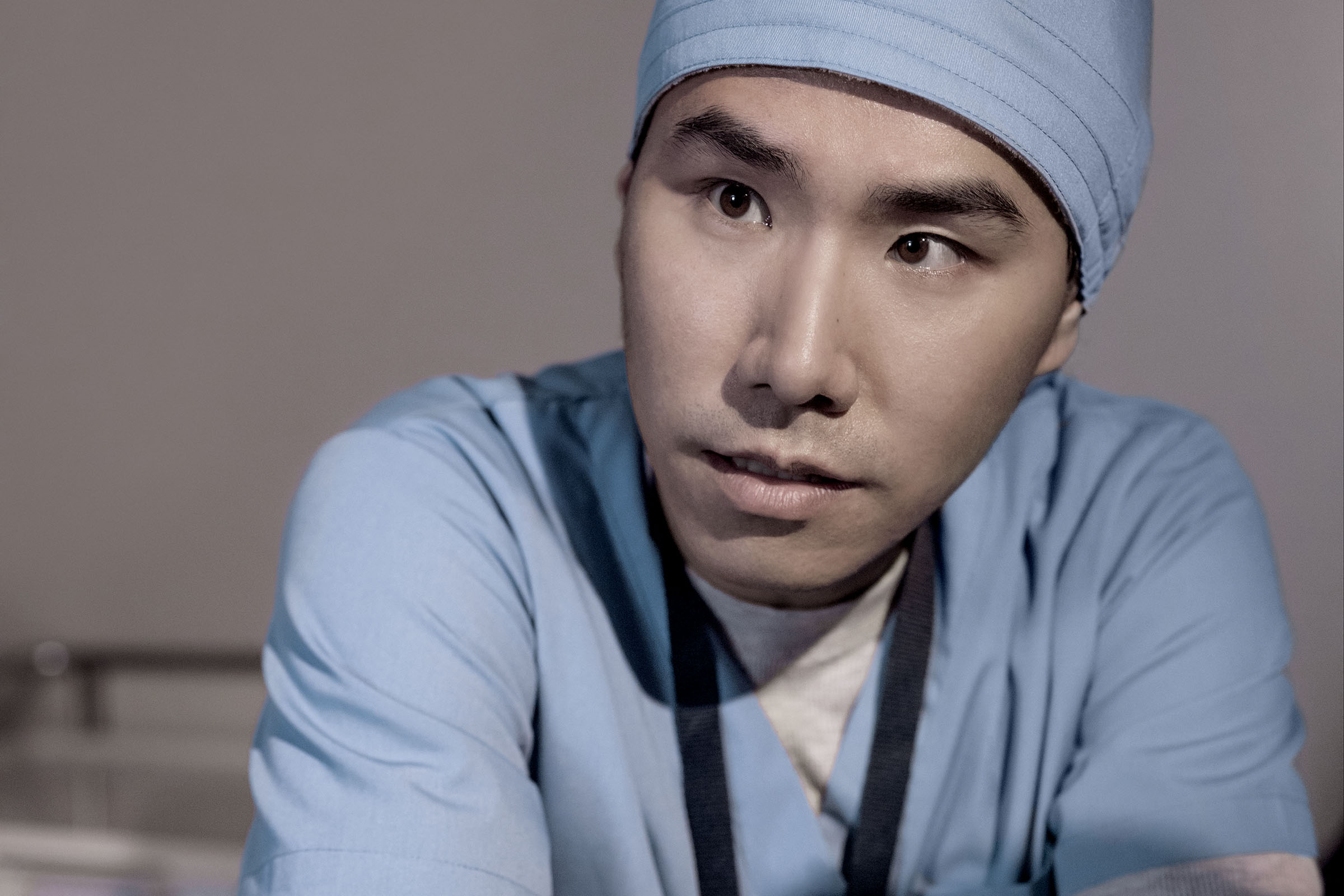Dr. Danielle Ofri’s recent opinion article in The New York Times, “The Business of Health Care Depends on Exploiting Doctors and Nurses,” makes the point – correctly – that the very nature of the commitment doctors and nurses make to their patients (and their profession) often comes at great personal sacrifice.
The article resonates well with physicians and nurses because of how thoughtfully it articulates what’s happening: Clinicians will do everything they can for patients, but they are at the breaking point.

Why? As Dr. Ofri writes: “The demands on medical professionals have escalated relentlessly in the past few decades, without a commensurate expansion of time and resources.”
Our work on clinician burden and its impact on patient care leads us to a few observations:
• Burnout – in any profession – is the result of oversaturation. It happens when people can no longer adapt to their circumstances. Something must give, and that something in healthcare could be the health and engagement of the caregiver, the safety of the patient, or the quality of care delivered.
• The human side of the system should not have to adapt to the system. We’ve long said that clinician burden isn’t new. Healthcare has relied on human adaptability to take on more and more while simultaneously improving outcomes. We’ve relied even more on the collective desire of clinicians to follow their passion to help people be well. As a result, clinicians have adapted to optimize systems that evolved to serve the increasing demands of regulators, payers, and administrators.
• All of this disregards good human factors principles where you consider the user’s strengths and weaknesses, rather than force the user to adapt and exploit their good will. According to one definition: “Human factors research applies knowledge about human strengths and limitations to the design of interactive systems of people, equipment, and their environment to ensure their effectiveness, safety, and ease of use. Such a definition means that the tasks that clinicians perform, the technology they are called upon to use, the work environment in which they function, and the organizational policies that shape their activities may or may not be a good fit for their strengths and limitations. When these system factors and the sensory, behavioral, and cognitive characteristics of providers are poorly matched, substandard outcomes frequently occur with respect to effort expended, quality of care, job satisfaction, and perhaps most important, the safety of patients.”
What contributes to burden?
It’s a systemic issue with more than one cause and more than one solution.
As the population ages, patients are sicker. With that comes greater case complexity requiring more time and expertise to diagnose and treat successfully.
Then add in what Dr. Ofri calls administrative creep and shifting systems of care. Just a few to name: Quality improvement and reporting requirements, value-based care transitions, documentation demands, prior authorizations, a shift to consumerism with limited support or tools. Even social media’s role is at play here, as clinicians are now “reviewed” in real time by hospital patients on Yelp for timeliness.
It all adds up.
Then, the EHR. Says Dr. Ofri: “By far the biggest culprit of the mushrooming workload is the electronic medical record…It has burrowed its tentacles into every aspect of the healthcare system.”
Poorly designed EHRs contribute to burden (physical, sensory and cognitive) by interfering with care and straining the doctor-patient relationship. We understand that clinicians work within the system daily and technology is getting in the way.
As developers, we must make every effort to optimize documentation, prior authorizations, quality reporting.
What’s the solution?
If we recognize that it’s a system problem, we can also see that the solution is a shared responsibility. What’s required is a holistic approach to transform the system. In addition, there needs to be much greater investment and support for clinicians.
Health IT has a major role to play here. Improved usability and the thoughtful use of HIT in combination with investment in people can bring some sanity back to healthcare delivery.
There has been progress lately as Health IT companies like Allscripts are moving beyond usability and consistently involving users to design and develop more helpful EHRs.
We often ask the question: Why do EHRs continue to fall short? There has been a lot of talk recently around making EHRs usable, but that is not enough if they do not help or support the clinician’s workflow. Allscripts is shifting its focus to a Helper Philosophy of user-centered design.
Your EHR should be a trusted assistant — a helper. Our emphasis in providing more helpful products is one way to significantly address the problem.
Doing the right things
We agree with Dr. Ofri that clinicians will always be committed to the ethic and passion for life that brought them to healthcare in the beginning.
“Healthcare is by no means perfect, but what good exists is because of individuals who strive to do the right thing.”
And as participants in the system, Allscripts is committed to doing everything we can to support this ethic and passion. As Dr. Ofrie points out, there are many examples of the benefits of health IT. Our clients have successfully demonstrated benefits that include safer prescribing and medication administration, rapid identification and treatment of sepsis, precision care with delivery of genomic information at point of care and health information exchange improving safety and reducing cost.
It’s our job to create more good examples.
We must all do the right things by clinicians to support and elevate the ethic they hold so dear. Our well-being depends on it.
Editor's Note: This article originally appeared on Allscripts' website.